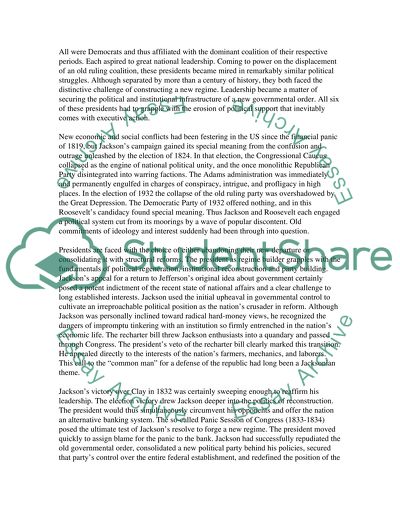Cite this document
(Presidential Leadership in Political Time Essay, n.d.)
Presidential Leadership in Political Time Essay. https://studentshare.org/politics/1505977-summarize-political-leadership-readings
Presidential Leadership in Political Time Essay. https://studentshare.org/politics/1505977-summarize-political-leadership-readings
(Presidential Leadership in Political Time Essay)
Presidential Leadership in Political Time Essay. https://studentshare.org/politics/1505977-summarize-political-leadership-readings.
Presidential Leadership in Political Time Essay. https://studentshare.org/politics/1505977-summarize-political-leadership-readings.
“Presidential Leadership in Political Time Essay”. https://studentshare.org/politics/1505977-summarize-political-leadership-readings.


